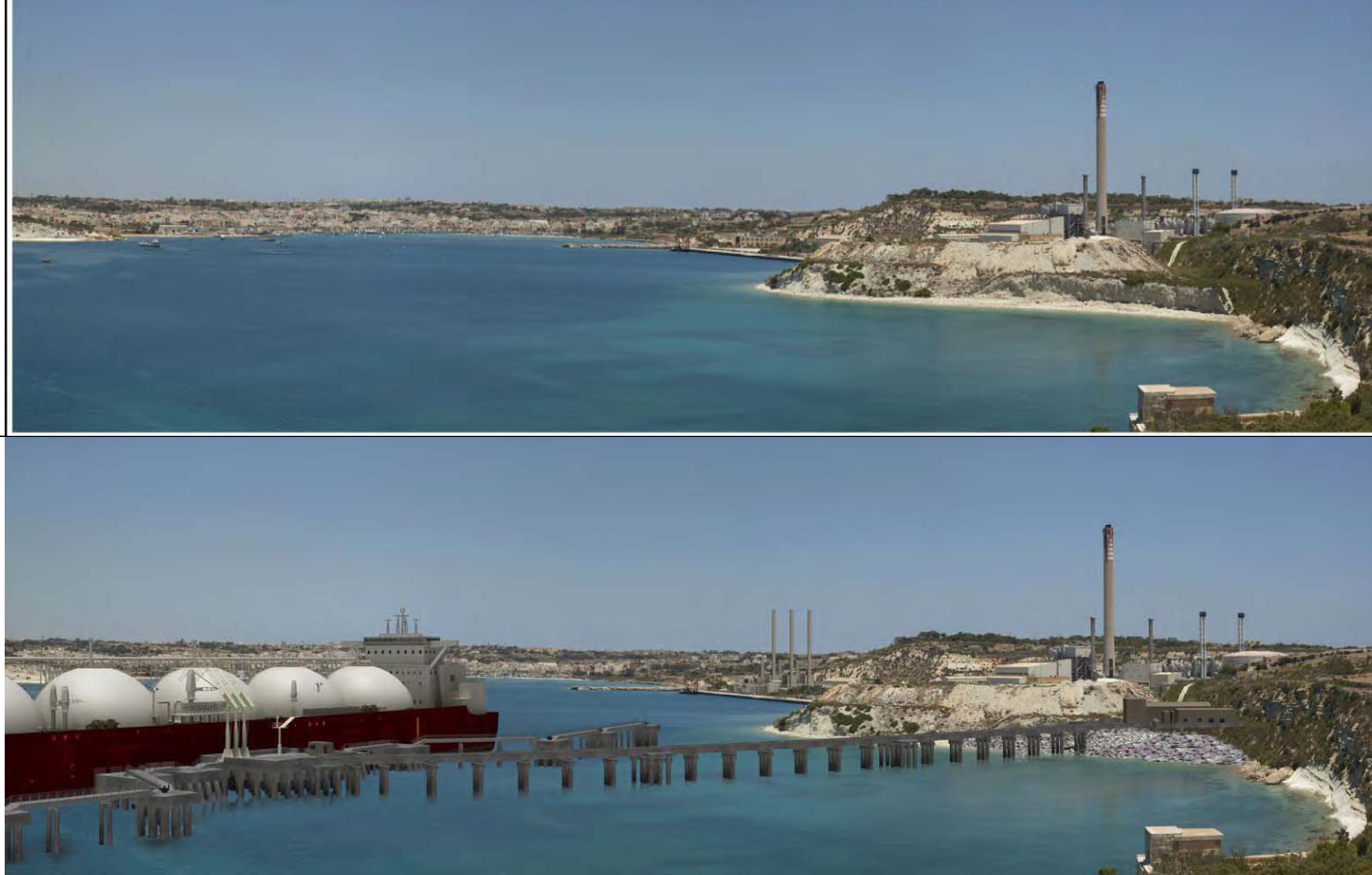Press Release 2nd February 2014
Din l-Art Helwa maintains that the permanent presence of such a large gas storage tanker, required by the proposed gas fired power station at Delimara, together with a regular supply ship of the same size, is a threat to the power station, the Freeport, maritime traffic, fishing boats, and the lives and health of people in the vicinity.
In its response to the Environment Impact Statement recently published, the NGO states that before taking any decisions, studies must be undertaken to consider all alternatives that would allow more safety distance and where less maritime traffic is involved.
Other suggestions for a new gas-fired power station include an offshore platform, a gas pipeline, and a proposal to base the gas storage in an area at Hal Far. In its submissions the NGO asks whether these options have been studied and compared in adequate detail and if so, questions why the studies have not been made public.
The EIS claims that mooring outside the bay is not possible, yet many offshore platforms exist which survive harsh weather conditions in the North Sea and elsewhere. More details about this option must be provided before any decisions on the LNG (liquefied natural gas) storage location is decided.
The Risk Assessment exercise is preliminary and must be completed before taking any decisions on the location of the storage of LNG. The assessment lacks precise data on the proposed storage ship and the re-gasification installation, when ‘the devil for safety’ continues Din l-Art Helwa, ‘is often in the detail’.
The assessment does not adequately consider ship-to-ship collisions, which can cause leaks in the storage tanks on the tanker, and other maritime risks. Collisions can occur between the storage tanker, the incoming gas tankers, freight ships, leisure boats and fishing vessels A full maritime risk analysis must therefore be carried out before any decisions are taken..
LNG stored on water allows the unrestrained spread of gas in case of a leak. The report assumes a maximum spread area but this cannot be taken as an accurate fixed value as there are too many unknown variables. For example the effects of a large gas spill combined with the topology of Marsaxlokk and a low southerly wind blowing directly into the harbour have not been adequately considered.
The EIS coordinator notes that “making more use of the interconnector and reducing the use of the proposed CCGT plant may result in less environmental impact”.
Din l-Art Helwa had made an earlier request, submitted in relation to the draft EIS, to outline the utilisation rates of the proposed CCGT plant, the interconnector and the rest of the Delimara plants. This query, says the NGO, is still relevant and should be answered in the EIS which should address all environmental considerations and scenarios. Din l-Art Helwa states no satisfactory answer has been provided to this question, which has environmental implications.
Din l-Art Helwa’s comments can be viewed here



Comments are closed.